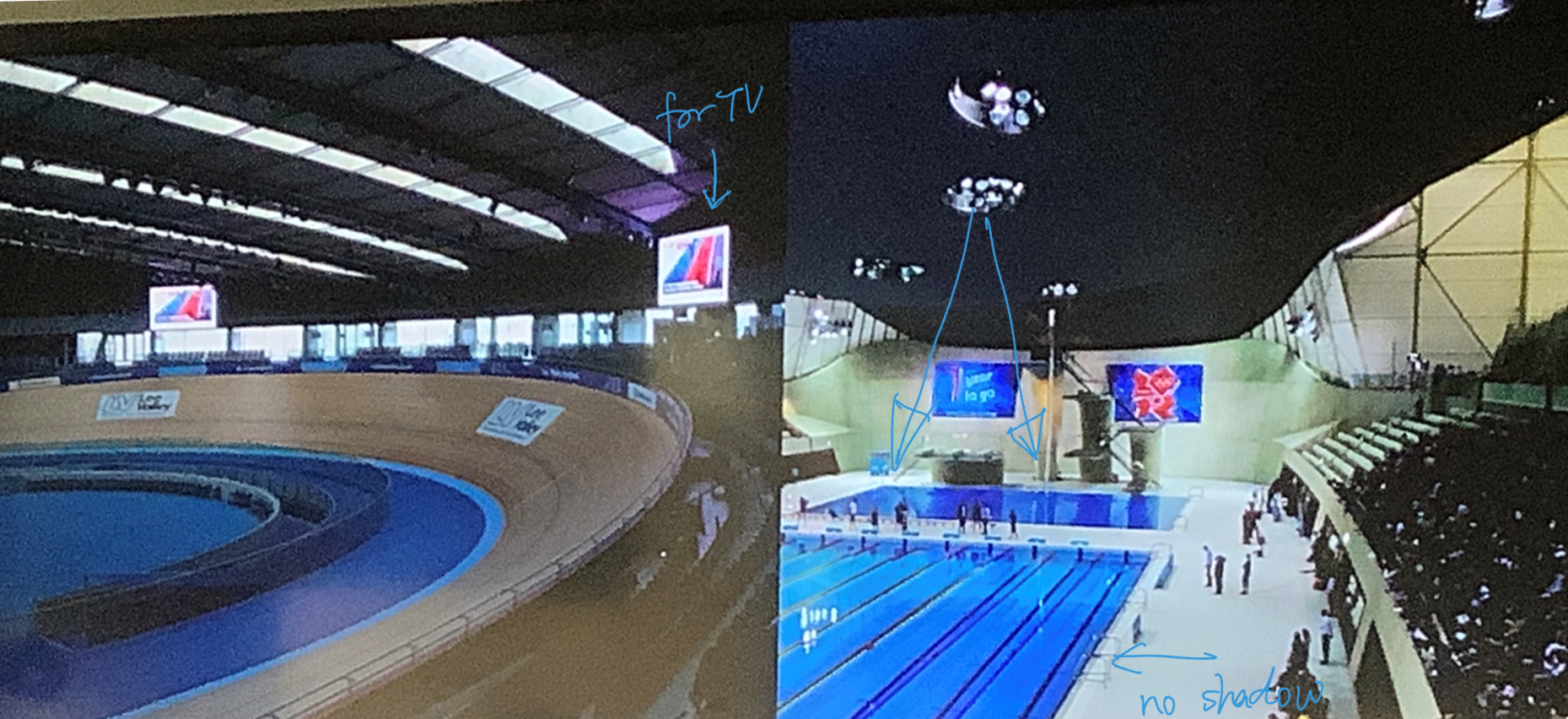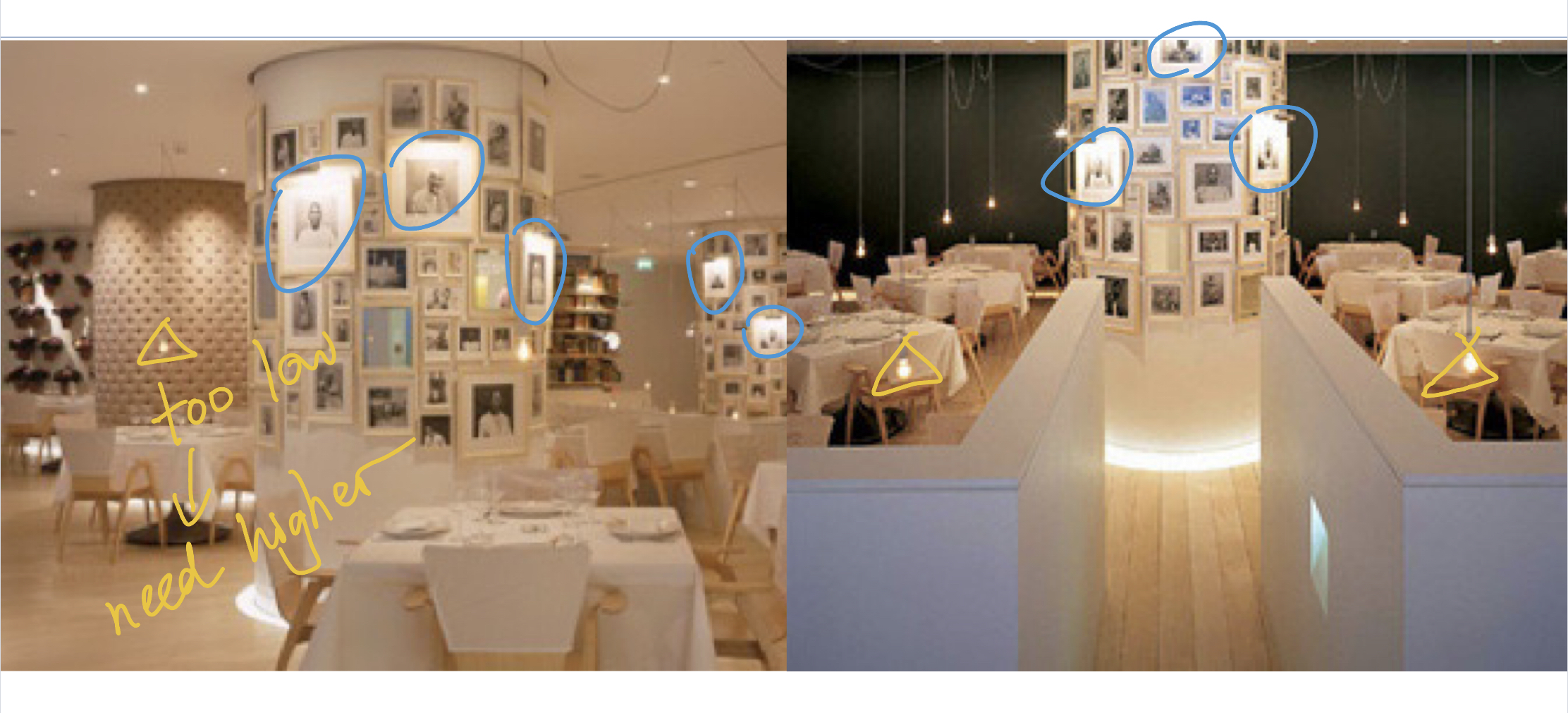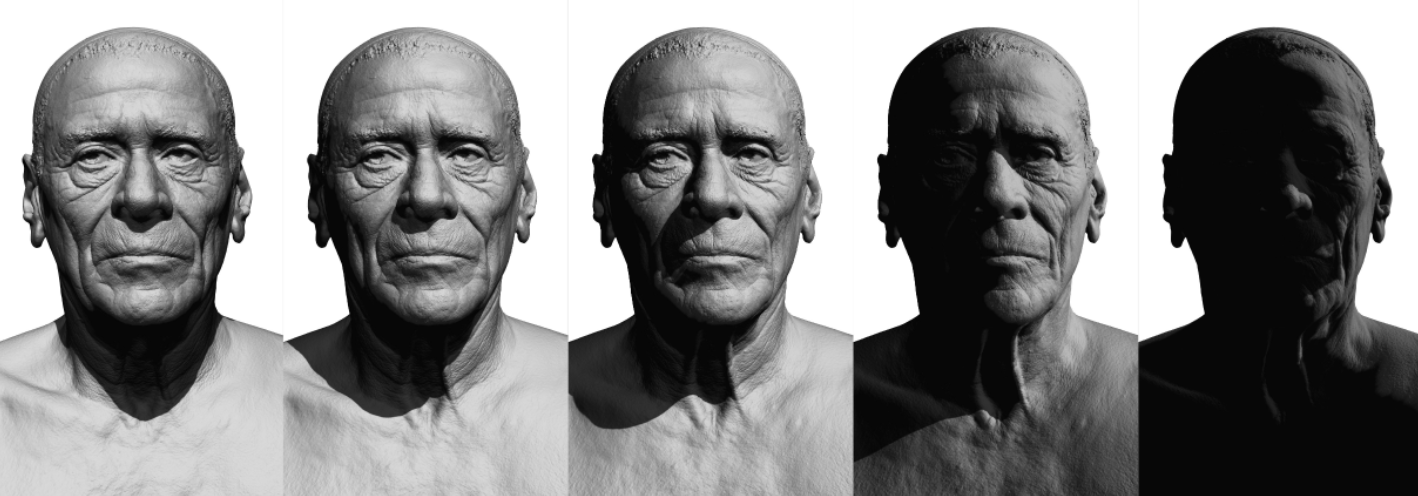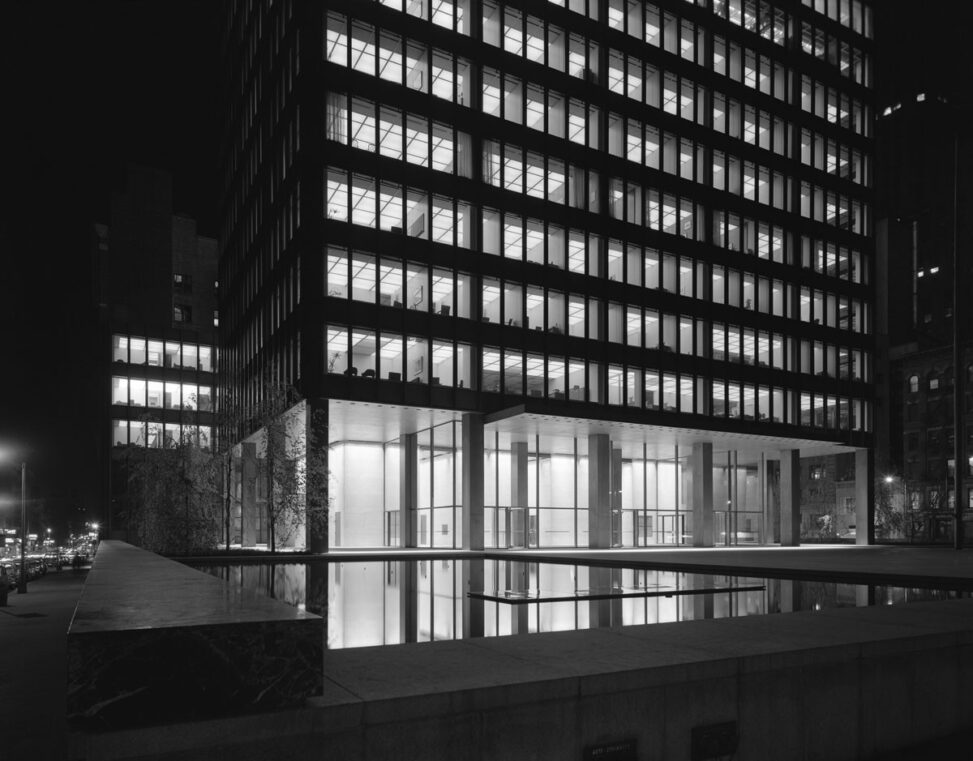Lighting Designer Richard Kelly (1910-1977). Richard Kelly lighted some of the most iconic structures of the twentieth century. His design concept was deceptively simple, yet incredibly effective. His language, notably his concept of three separate types of lighting: “focal glow, ambient luminescence, and play of brilliants,” is still used to define the conceptual underpinning for several lighting systems today.
Ambient Luminescence
“A snowy morning in open country,… Or inside a white tent at high noon… . It minimizes the importance of all things and all people. It fills people with a sense of freedom, Of space and can suggest infinity… .”
This is the description of Ambient Luminescence in the courseware. The effect of this kind of light is to reduce the influence of the subject on the whole environment. So I think this light has a wide range of lights that can affect the overall tone and atmosphere.

Background lighting in Queen Elizabeth Olympic Park — Velodrome and Aquatic Centre, which is in low contrast. This is the use of light for a specific functional building. The huge screen in the indoor stadium is the brightest part of the whole environment, while the main light source in the natatorium needs to ensure that the athletes don’t see many shadows in the water to prevent glare from affecting their vision.

As for how to light the vertical, there are several common lighting methods mentioned in the courseware. They can make different choices depending on the situation, budget, and lighting needs.
Also, please do not shine a light on clear glass. The reflection of glass will make the room a mess. Ambient luminescence can also produce beautiful results if used properly. For example, Philip Johnson Glass House is mentioned in the courseware.
The building is made of glass on all sides, so the designers had to face the challenge of “lighting on transparent glass”. The solution is also dramatic: the ambient luminescence inside is provided by light from the outside, lighting both inside and outside at a special Angle and reflecting from the glass. But I also noticed that the light on the roof seemed to be wasted or too intense. So much so that the surrounding woods are too bright.
Brilliant
“The Aurora Borealis… Times Square at night… It can be loved or it can be loved… .”
This is the description of Brilliant from the PowerPoint. This light is more like the focal point of the whole picture, with the effect of highlighting key parts of the picture or conveying the theme. Similarly, I think such light may be relatively low in the whole picture, but it can attract the attention of tourists and become the focus of the whole picture. And the form of light is radiating from the central focus.

This is St Martins Lane Hotel in London, which plays the light of brilliant. In the figure, we can see that several paintings are highlighted by lights. So it stands out and stands out. So I think the play of Brilliants is the decoration, it’s the icing on the cake. It’s an addition to the architectural environment.
Because I don’t know a lot about this kind of light, I chose Kelly’s description of Brilliant as an explanation:
“Play of brilliants is Times Square at night. It is an eighteenth-century ballroom with crystal chandeliers and many candle flames. It is sunlight on a fountain or a rippling brook. It is a cache of diamonds in an opened cave. It is the rose window of Chartres… Play of brilliants excites the optic nerves, and in turn stimulates the body and spirit, quickens the appetite, awakens curiosity, sharpens the wit….”
Focal Glow
“The sunburst through the clouds, and the shaft of sunshine….commands attention and attracts interest. It fixes the gaze, concentrates the mind, and tells people what to look at.”
This is focal Glow. It’s a different light from Brilliant but has a similar theme-emphasizing feature. Focal Glow is described as more of a guided focus. Rather than Brilliant’s small, centered effect, the light is more like a beam of light, drawn from a focal point that directs the visitor’s eye toward the surface of an object, focusing on where the beam ends rather than where it begins.

Lunminance Contrast was mentioned in the courseware, which was the starting point and introduction of Focal Glow’s initial concept. The luminance of an object and the state of adaptation of the eyes, as well as the luminance of the object’s surroundings, all influence how we perceive its brightness. When viewed against a well-lit background, the same object can appear quite bright when viewed in a dark environment or fairly dark when viewed against a well-lit background.
Focal Glow is the direction of space. It helps you get around. It’s the spotlight of the artist that help you focus.

Focal glow also plays as a formgiver. (Image from Bing) The picture exemplifies the completely different feeling of the same light source illuminating the same object at different angles. Such light is not only displayed in interior Design, I feel that many films and visual works need the help of light to express emotions and themes. Thus emotion, light and atmosphere are closely linked.
In Kelly’s words: “Focal glow is the follow spot on the modern stage. It is the pool of light at your favorite reading chair. It is the shaft of sunshine that warms the end of the valley. It is candlelight on the face, and a flashlight on a stair… Focal glow draws attention, pulls together diverse parts, sells merchandise, separates the important from the unimportant, helps people see.”





Leave a Reply